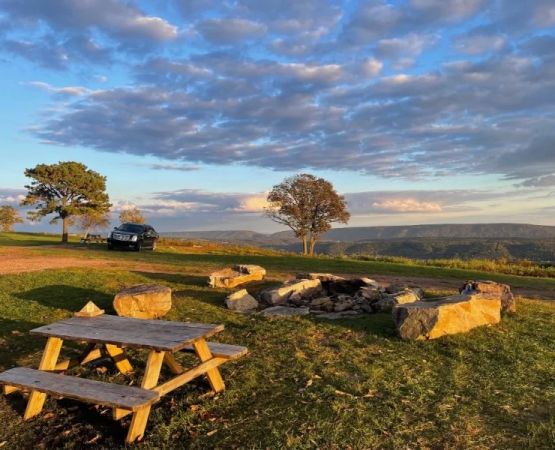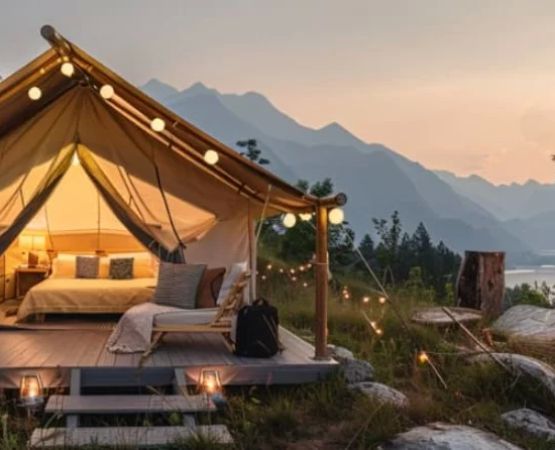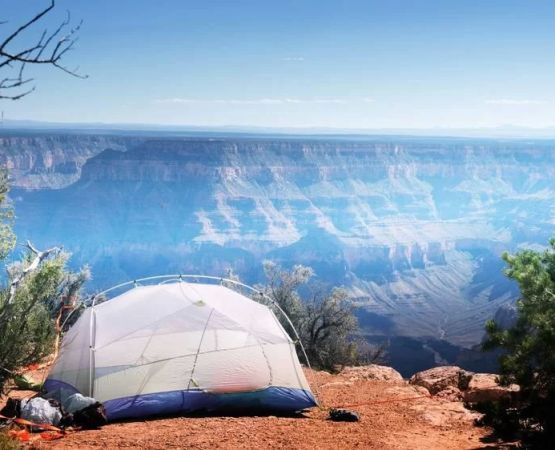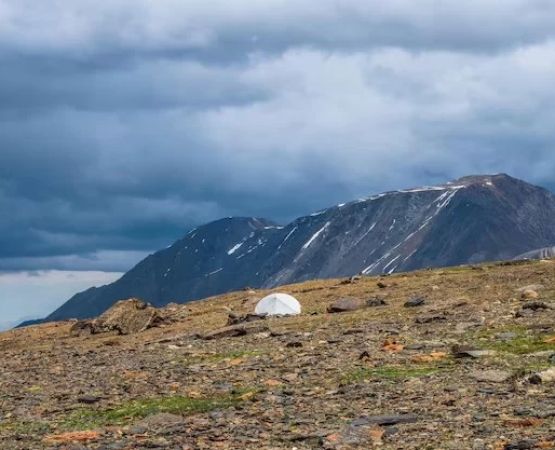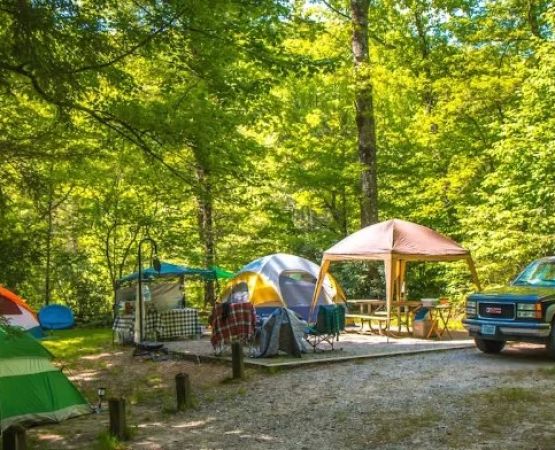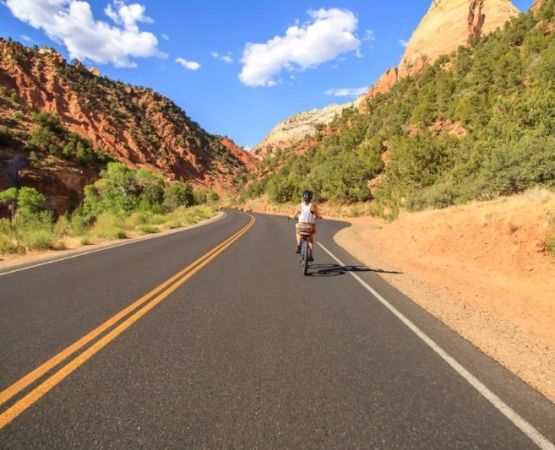How-to-Camp-in-Canyon-Rim-Overhang-Camps-Overview - canyon-camping-basics
How-to-Camp-in-Canyon-Rim-Overhang-Camps-Choosing-the-Right-Location - picking-canyon-campsites
How-to-Camp-in-Canyon-Rim-Overhang-Camps-Safety-Tips - camping-safety-at-canyon-rims
How-to-Camp-in-Canyon-Rim-Overhang-Camps-Essential-Gear - packing-for-canyon-camping
How-to-Camp-in-Canyon-Rim-Overhang-Camps-Enjoying-the-Experience - maximizing-your-canyon-trip
1. Why Camping in Canyon Rim Overhang Camps is an Unforgettable Experience
Camping in Canyon Rim Overhang Camps offers a unique opportunity to experience nature from a stunning perspective. These campsites are typically located near the edges of vast canyons, offering campers breathtaking views of cliffs, valleys, and natural rock formations. The beauty and serenity of these sites make them a bucket-list destination for many outdoor enthusiasts. However, camping in these areas requires careful planning to ensure both safety and comfort. In this guide, we’ll walk you through everything you need to know about camping in Canyon Rim Overhang Camps—from choosing the right location to staying safe and enjoying your time outdoors.
Whether you're a seasoned camper or someone trying this type of camping for the first time, understanding the unique aspects of canyon rim overhang camping will help you make the most of your adventure. Let’s explore the essentials that will ensure a successful and enjoyable experience.
2. Choosing the Right Canyon Rim Overhang Campsite
Choosing the right campsite is crucial when planning to camp in Canyon Rim Overhang areas. These sites are often perched on dramatic edges, offering exceptional views but also requiring careful consideration of your surroundings.
2.1 Researching the Area
Before heading out, take the time to research the canyon you plan to visit. Not all canyon rims are suitable for camping, and some may be more challenging due to weather conditions, terrain, or accessibility. Many popular canyons, like the Grand Canyon, offer designated campsites with established facilities, while other more remote overhangs may require backcountry permits and careful navigation to reach.
Websites like the National Park Service or local camping guides often provide detailed information on the best camping spots in popular canyon areas. Be sure to check for any specific regulations or restrictions related to camping in these regions, such as fire bans or wildlife precautions.
2.2 Proximity to Water and Shelter
Water access is one of the most critical factors to consider when choosing a canyon rim campsite. Some remote canyon overhangs may have limited water sources, requiring you to bring in your own water or treat natural sources. Make sure to plan accordingly by packing enough water or carrying purification tablets or filters.
Additionally, while you might be camped on a cliff’s edge, it's important to find a site that offers natural shelter from the elements. Overhangs are great for this, as they can provide a natural barrier against rain or sun. However, always check the weather forecast before your trip—canyon weather can be unpredictable, and having an area of shelter can protect you during sudden storms.
3. Safety Tips for Camping in Canyon Rim Overhangs
Camping near canyon rims can be exhilarating, but it’s essential to prioritize safety due to the challenging and sometimes dangerous terrain. Here are some safety tips to keep in mind:
3.1 Keep a Safe Distance from the Edge
The most obvious danger when camping in a canyon rim overhang is the risk of falling. Always keep a safe distance from the cliff's edge, especially during windy or rainy weather. Never lean over the edge, and make sure children or pets stay within the confines of your campsite. Additionally, setting up camp a little back from the overhang can provide a safer, more stable ground for tents or hammocks.
3.2 Be Prepared for Sudden Weather Changes
Canyon areas are known for their quick shifts in weather. You could be basking in warm sun one moment and suddenly caught in a thunderstorm the next. Bring weather-appropriate gear, including a durable tent with good rain coverage and a waterproof jacket. Check the weather forecast regularly and always be prepared to pack up your campsite quickly if conditions worsen.
3.3 Understand the Terrain
The terrain around canyon rims can be rocky and uneven. When hiking or exploring, make sure to wear sturdy, high-traction shoes to prevent slipping. Use trekking poles if necessary to maintain balance, and avoid wandering off established trails, which can be dangerous and easy to get lost on in unfamiliar areas.
4. Essential Gear for Canyon Rim Overhang Camping
To ensure that you’re fully prepared for a canyon rim camping experience, packing the right gear is essential. Here are some must-have items to bring:
4.1 A Quality Tent with Weatherproof Features
Given the elements you might face, a high-quality tent with weatherproof features is crucial. Look for a tent that is both waterproof and breathable, as canyon environments can be both hot during the day and cold at night. A four-season tent, designed to withstand wind, rain, and even light snow, would be ideal in more remote areas.
4.2 Sleeping Bag and Mat for Temperature Regulation
Temperatures at canyon rims can vary significantly. During the day, it might be warm, but at night, the temperature can drop drastically. A sleeping bag designed for low temperatures will keep you comfortable, and a sleeping mat or inflatable pad will insulate you from the cold ground. Consider packing a portable sleeping pad or a mattress for extra comfort.
4.3 Navigation Tools and Lighting
Even if you’re camping in a popular canyon area, it’s essential to carry navigation tools such as a map, compass, or GPS device. Canyons can be confusing, and it’s easy to get disoriented, especially at night. A reliable headlamp or flashlight is also necessary for visibility once the sun sets. Make sure to carry extra batteries or solar-powered chargers to avoid running out of power.
5. Maximizing Your Canyon Rim Overhang Camping Experience
Camping at canyon rims offers some of the most spectacular scenery and moments of solitude you’ll find in nature. Here are a few tips to help you get the most out of your experience:
5.1 Enjoy the View: Set Up Your Campsite for the Best Scenery
One of the key benefits of canyon rim camping is the incredible view. Make sure to position your campsite so that you can fully appreciate the surrounding scenery. Whether it’s a sunset over the canyon or a morning sunrise, having a good vantage point will make your experience much more memorable. A hammock or comfortable chair placed near the rim can provide the perfect spot to relax and take in the beauty of the landscape.
5.2 Respect the Environment
Preserving the pristine beauty of canyon landscapes is important for future generations. Always follow Leave No Trace principles: pack out all trash, stay on designated trails, and avoid disturbing wildlife. Consider using biodegradable products when possible to minimize your environmental impact.
5.3 Capture the Moment
Don’t forget your camera or smartphone to capture the awe-inspiring views and your adventure. Canyon rims offer some of the most beautiful and unique photography opportunities, whether it’s the play of light on the cliffs or the expansive views over the canyon floor. Just remember to take in the experience without focusing too much on getting the perfect shot—sometimes the best memories are those you simply enjoy in the moment.
By following these tips, you’ll be well-equipped to enjoy your canyon rim overhang camping experience safely and comfortably. For your next adventure, be sure to visit Pine Cliff Resort for camping gear, local insights, and more to help you make the most of your outdoor experiences!

